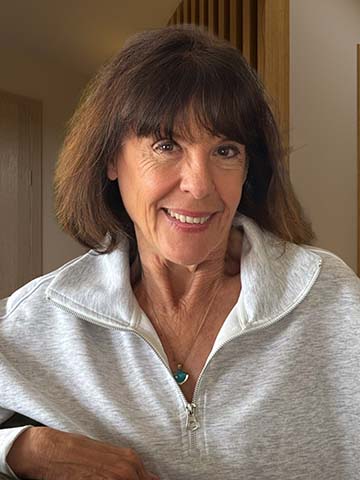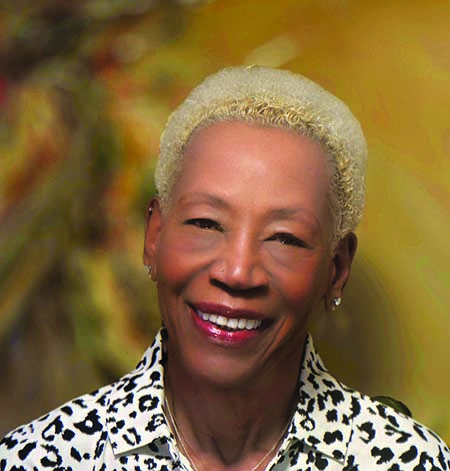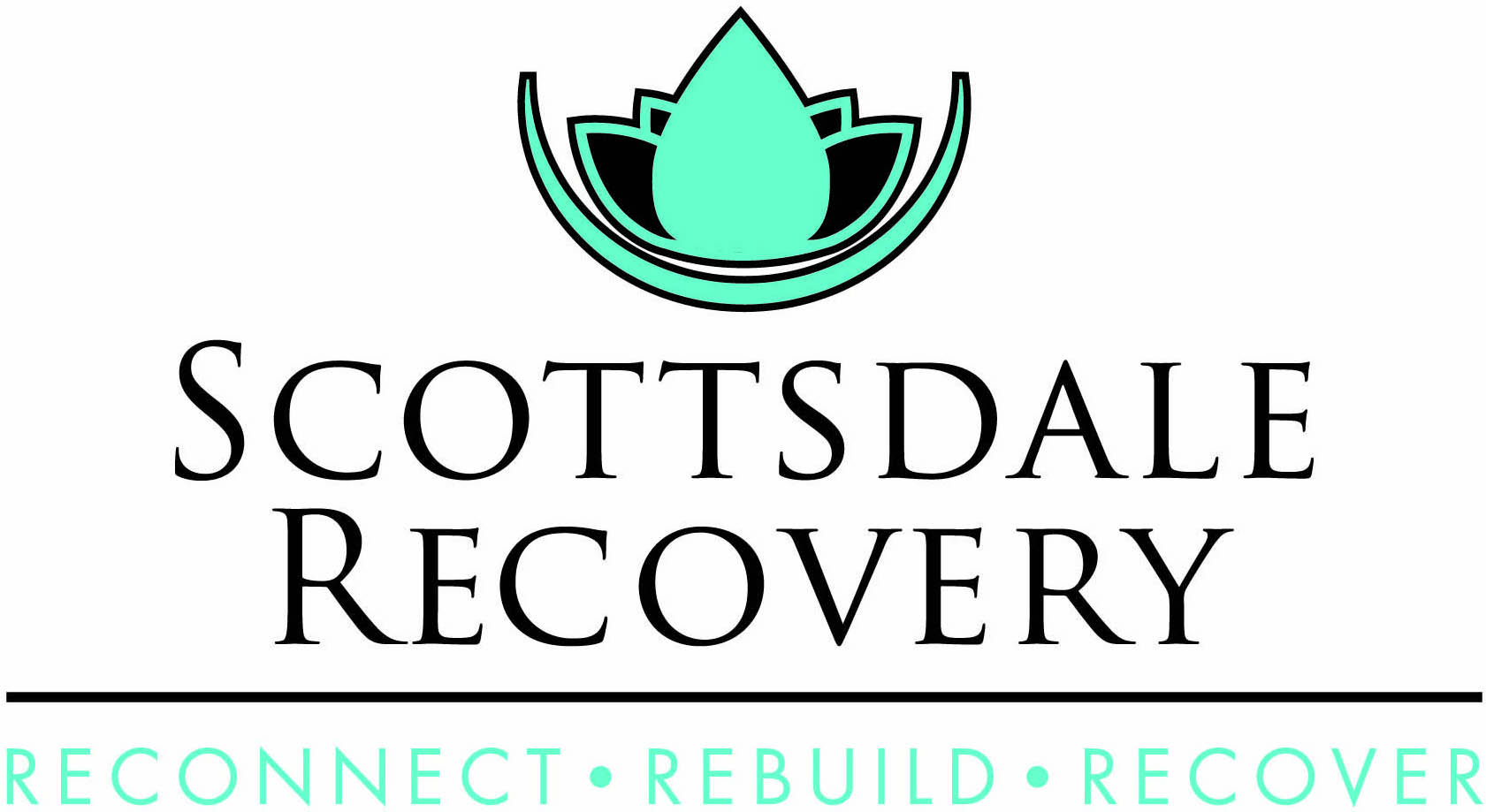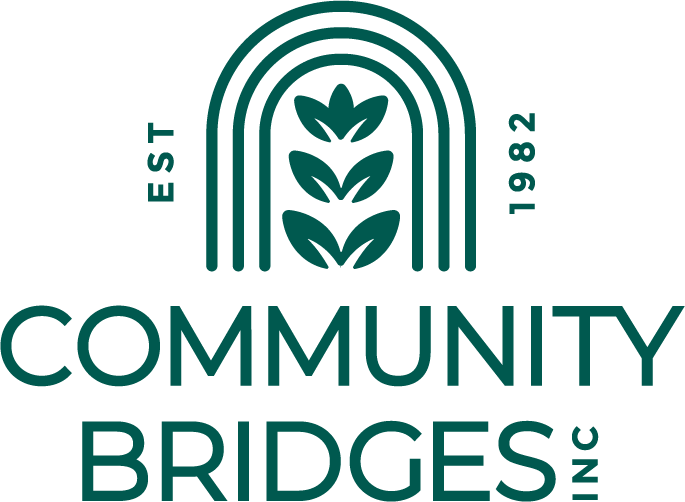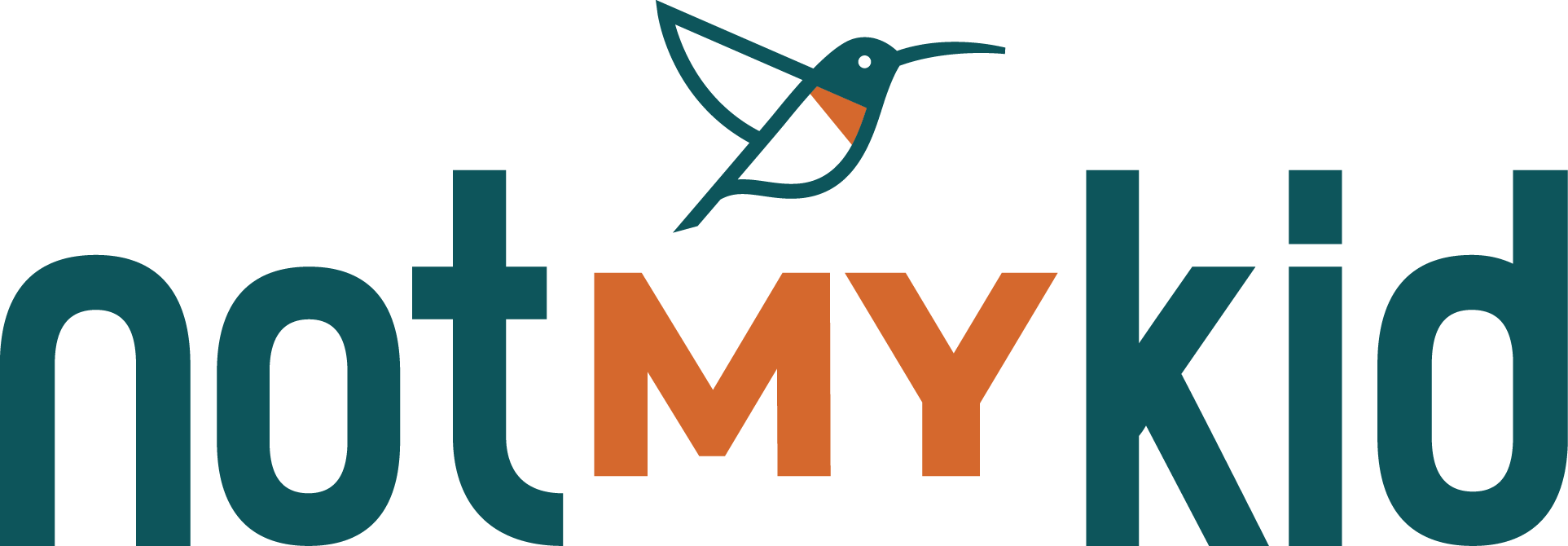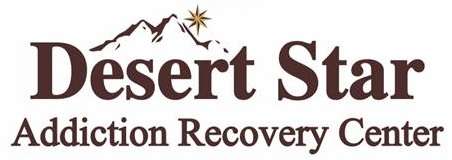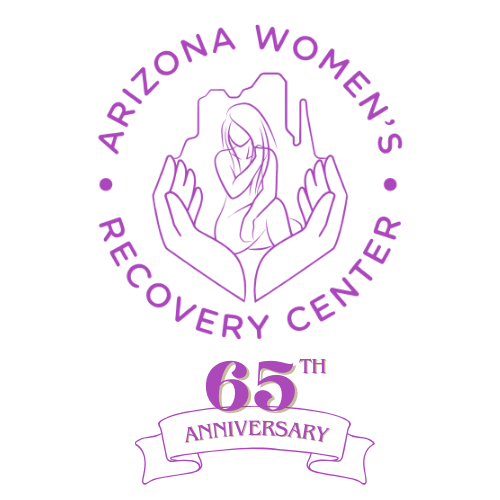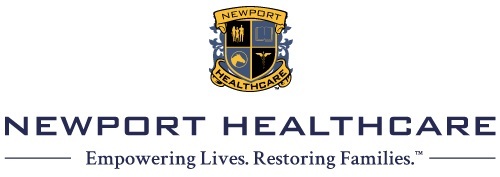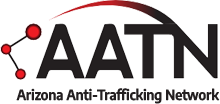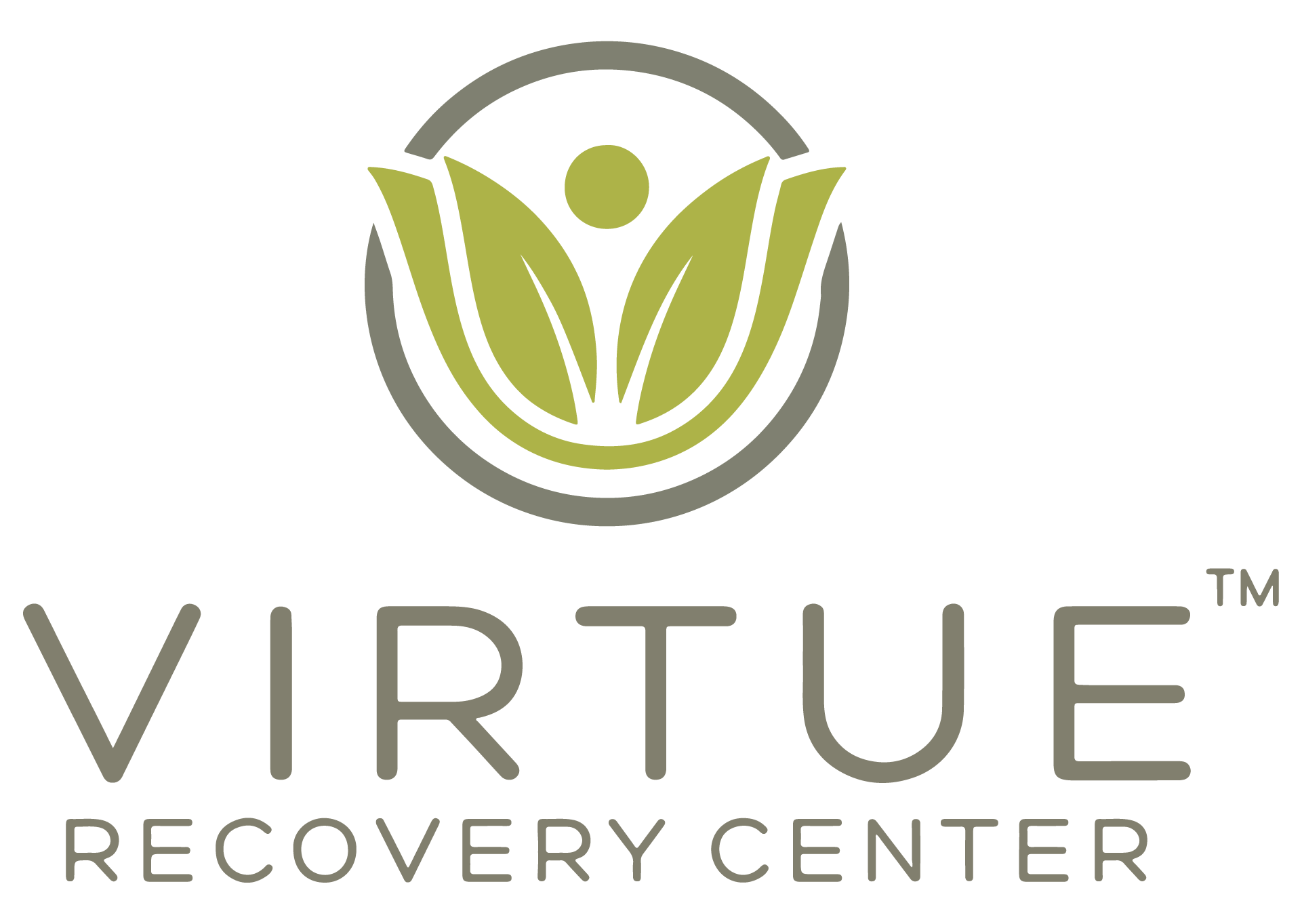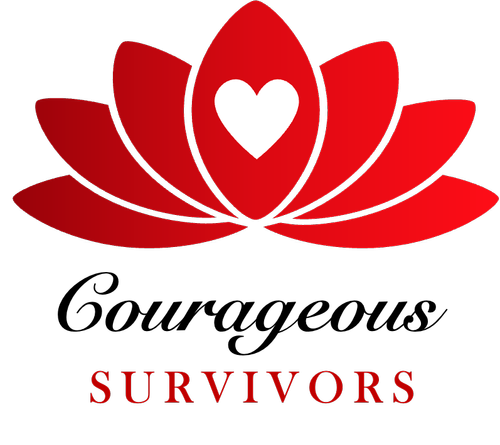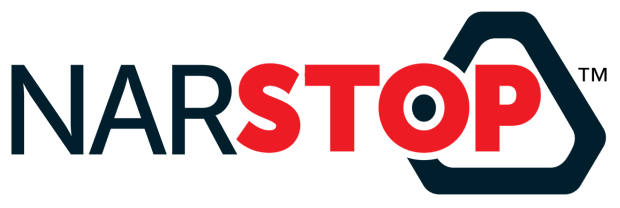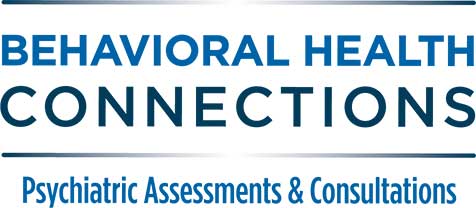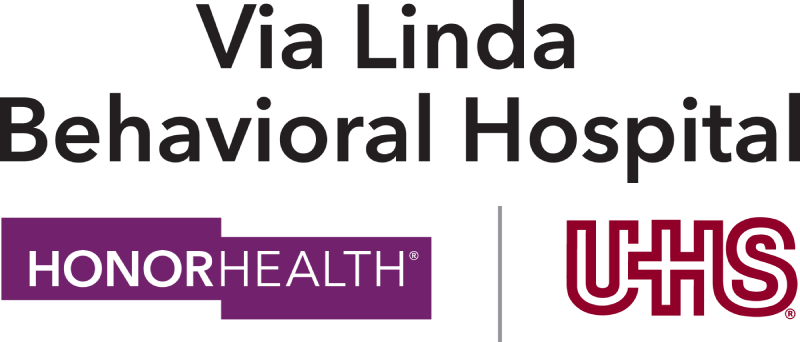By Saul Perea, MD, Integrated Care Medical Director, Terros Health
6749
Six thousand, seven hundred, forty-nine.
Since Governor Doug Ducey proclaimed an opioid epidemic on June 15, 2017, that’s the number of suspected opioid overdoses in Arizona (as of March 22, 2018). Sixteen percent of those — 1,080 — were fatalities.
By the time you read this, no doubt those numbers will be higher. You can check real-time information at the Arizona Department of Health Services website – www.azdhs.gov – search opioid.
The statistics are startling. And believe it or not, there are states in far worse shape than ours.
It might seem like the word opioid has crept into our daily vernacular overnight. The truth is that the issue has been sneaking up on us for several years.
Opioids are a class of drugs that serve as strong pain-killers. Prescription drugs include oxycodone (OxyContin®), hydrocodone (Vicodin®), codeine and morphine. The illegal drug heroin also is an opioid.
The cause of the opioid epidemic is debatable. But we do know that during the 1990s and 2000s, there was a push for physicians to identify and treat pain. As physicians, we want to help – we don’t want to see people in pain. So, we took this mandate to heart and began more regularly prescribing opioids.
You likely know the drill. Perhaps you’ve just had surgery — maybe even as “minor” as wisdom tooth extraction. You’re shown a bunch of little faces from “all smiles” to “agony” and you rate your pain accordingly. If your pain is severe enough, the doctor writes you a prescription. You’re happy to be out of pain. The doctor is happy because he or she has helped you.
Sounds good.
But there’s a big problem: opioids are highly addictive.
To understand this, it requires a mini-lesson on brain chemistry.
When someone takes opioid medication, the drug enters the bloodstream, creating a “surge” of artificial endorphins and dopamine – neurotransmitters that create happiness and even euphoria. This is different than the “rush” you get from the naturally occurring neurotransmitters. The only way you can experience it is to use the drug again.
Long-term opioid use changes brain chemistry. The nerve cells grow used to having opioids around, so when they are suddenly taken away, the brain goes through withdrawal symptoms.
So, there are very real reasons why people become addicted. It starts with a prescription for pain – given by a trusted physician. But if opioids are used too long, the pain might be gone, but the opioid effect has taken hold on the brain, causing a physical dependence.
In order to continue getting the “high,” people have been known to “doctor shop” to obtain multiple prescriptions. They also can turn to the black market where the pills are very expensive. That’s why many who start with a prescription end up heading to the streets for heroin, which is cheaper and easier to obtain. A 2014 survey found that nearly all respondents in treatment for opioid addiction resorted to using heroin for that very reason.
Given this all-too-common scenario, seeking treatment is vital. It’s difficult to seek help, especially with the stigma attached to the word “addiction.” But understanding the physical reasons should help us understand that it’s important to treat addiction, just as it’s important to treat heart disease, diabetes or a myriad of other conditions.
I believe an integrated approach is vital to successful addiction treatment. A multi-faceted problem requires a multi-faceted solution. Integrated health care provides a “one stop shop” approach for the needs of a person’s mind and body.
Terros Health treats opioid addiction, and other addictions, using Medically Assisted Treatment (MAT). MAT refers to the use of FDA-approved medications used in conjunction with individual, group and/or family counseling to treat substance abuse disorders. We also offer and encourage whole health with the availability of primary care for our patients challenged with addiction.
Here’s how the process works:
A patient will first be evaluated by a primary care physician, so we have a comprehensive picture of everything affecting his or her health. We get a full physical, which includes testing for HIV or Hepatitis C, common conditions when people share needles. I need to know everything that’s going on before I introduce something in the patient’s system to treat addiction.
Next, the patient will meet with a master-level substance abuse counselor who will help us get a picture of any co-occurring mental health issues that need to be managed.
Because we are an integrated health center, these evaluations occur in the same location, typically on the same day, with all of us communicating and conferring on the best course of treatment.
There are three Federal Drug Administration (FDA)-approved MAT methods – methadone, naltrexone or buprenorphine. At Terros Health, we use the latter two, depending on the circumstances.
Buprenorphine reduces or eliminates withdrawal symptoms, including drug cravings, without producing the euphoria or dangerous side effects of heroin and other opioids. Naltrexone blocks the brain’s opioid receptors and can rapidly reverse or block the effects of other opioids.
Once the patient is cleared for treatment, I will meet with him or her for about one to two hours to determine the right course of action and the initial dosage. The patient, who will be in withdrawal, is monitored and will go home the same day, returning over the next few days as we adjust the dose.
Patients are closely monitored for side effects and randomly drug tested. Medications are ordered daily from pharmacies and none are kept at any of Terros Health’s sites.
A key component – and in fact a requirement – of MAT, is the use of intensive individual and group therapies to help patients realize their ability to change their lives by developing essential coping skills and behavior changes. Throughout the treatment journey, patients have a network of support that is essential to recovery. We give patients the first week to adjust to their new reality and then mandate that they participate in intensive therapy. If they don’t attend, I don’t give them the medication. That’s our deal and we each need to honor it.
Addiction is a complex illness, with biological and psychological components. Medication pacifies the addicted brain’s receptors that produce cravings and rewards, while psychosocial rehabilitation helps the wounded, traumatized individual manage his or her depression and illness. Together, they produce the best outcome. We are very lucky in Arizona because AHCCCS covers 100 percent of this treatment, so cost is not a barrier to getting clean and sober.
A 2016 report by The Pew Charitable Trusts concluded MAT is the most effective intervention to treat opioid-use disorder, more useful than behavioral interventions or medication alone. The treatment can significantly reduce illicit opioid use, compared to non-drug approaches. Further, it has been demonstrated that increased access to these combined therapies can reduce overdose fatalities.
It is possible to get beyond opioid addiction. The work is challenging and sobering. But the success stories keep us going.
For the past year or so, we’ve been working with a married couple, Jacob and Amber, who fell into this dizzying spiral of opioid addiction. Things got so bad that their children were taken from them.
Fortunately, they received the wake-up-call before it was too late. We were able to provide the help they needed, and they did the hard work of following the plan to the letter.
Today, Jacob is working, and he and Amber are expecting another child. Their children are back with them. Both are clear-headed and committed to putting their addictions behind them and moving forward with their lives.
There are a lot of Jacobs and Ambers out there. They’re normal people like you and me who fell victim to a seductive drug. Addiction isn’t picky.
But thanks to integrated health care, MAT programs, increased education (especially for younger kids) and better data, we can find the solution and will hopefully see a day in the not-too-distant future when the opioid epidemic is no more.
Integrated health care can help with prevention, as well. The whole health/whole person model changes the paradigm of care by helping physicians and other clinicians uncover a patient’s source of pain and evaluate alternatives to prescription drugs like cognitive behavioral therapy and mindfulness-based stress reduction. Patients and physicians work in partnership to treat not just a single ailment, but toward overall better health, physically and mentally. If there are signs of mental health issues or addictions of any kind, those can be dealt with in the earliest stages before they take a greater toll on a person’s physical health.
If you or anyone in your family has been prescribed opioids, it would be important to bring that up during an exam. An integrated health intake can help identify the signs of drug use and abuse in their early stages – signs such as drowsiness or sedation, slurred speech, uncharacteristic problems with attention and memory and constricted pupils – before they turn into an addiction.
In addition, if you’ve been prescribed medication after surgery and have extra pills on hand, make sure they’re in a locked box or dispose of them properly. Look on the FDA’s website – www.fda.gov – for recommendations on proper disposal. It is never a good idea to save medications of any type — but especially opioids — for a “rainy day” when you or a family member might be experiencing pain.
If you would like to experience the transformative power of integrated health care or if you are in need of addiction care services, please call Terros Health at 602-685-6000. With integrated health care, there’s literally no downside – patients win, families win, and society wins. www.terros.org
Dr. Saul Perea is the integrated care medical director of Terros Health, a nonprofit, integrated health care organization in Arizona that specializes in mental health and addiction care for adults, adolescents, children and families, while also providing physical health care services to achieve whole health and wellness for their patients. Dr. Perea studied at the University of Baja California, Mexicali, Mexico and the University of Arizona, Tucson, and completed a Psychosomatic Medicine Fellowship at Harvard University. He is certified with the American Board of Psychiatry and Neurology, Psychosomatic Medicine/Consultation Psychiatry, and the American Board of Addiction Medicine.

